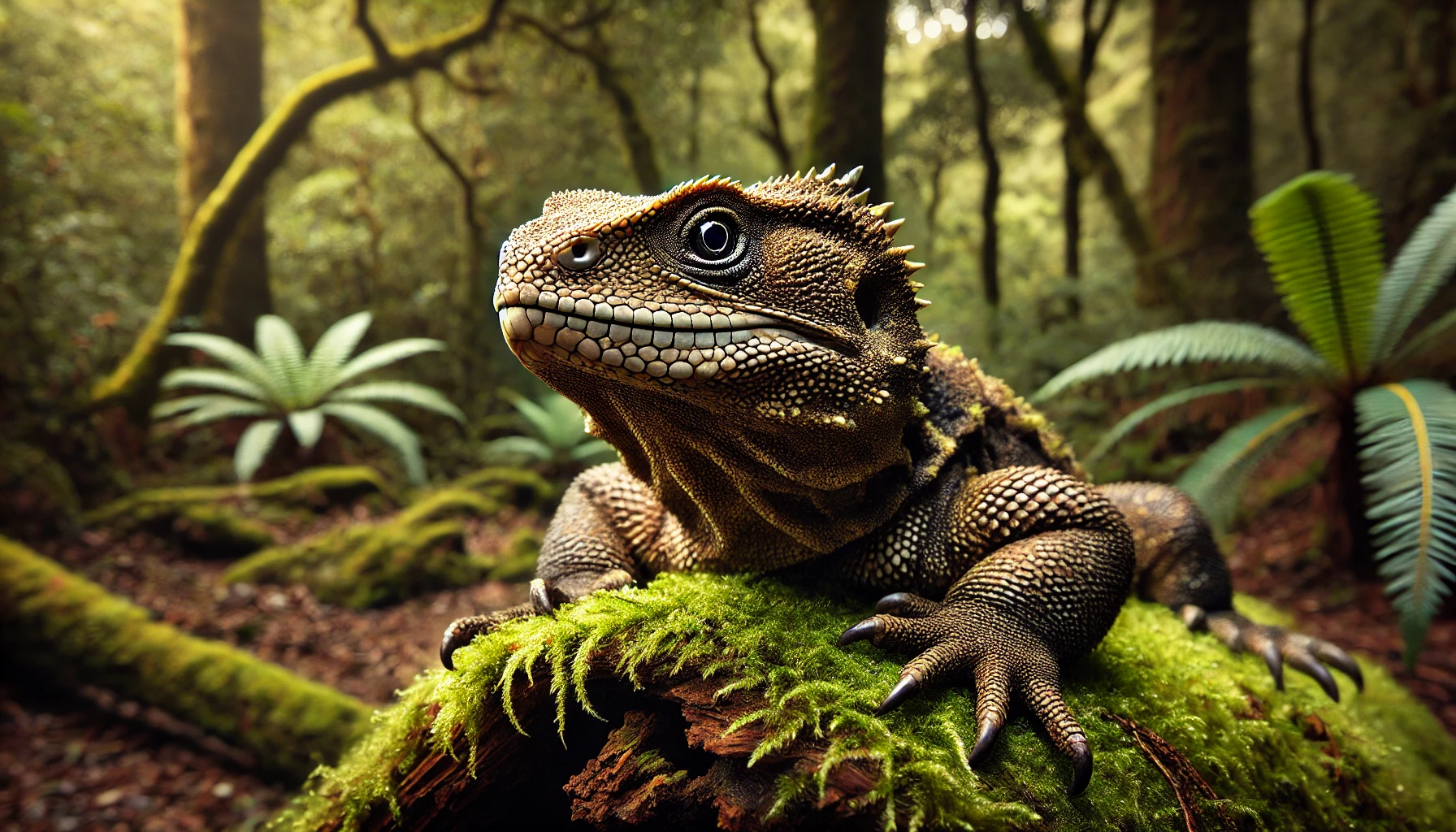
New Zealand is a land of natural wonders, home to some of the world’s most extraordinary and unique wildlife. From the depths of ancient forests to the pristine coastlines, the country hosts a wide variety of species, many of which are found nowhere else on Earth. In this article, we explore eight of New Zealand’s most fascinating animals, showcasing their unique characteristics, habitats, and the vital role they play in the country’s biodiversity.
The Iconic Kiwi: New Zealand’s National Bird
No list of New Zealand’s animals would be complete without mentioning the kiwi. This flightless bird is not only a national symbol but also a key icon of New Zealand’s natural heritage. The kiwi is a nocturnal creature, with its small, round body covered in hair-like feathers, long beak, and large, powerful feet. Despite its size, the kiwi is a tenacious bird that can be quite aggressive when threatened.

The kiwi’s unusual anatomy and behavior make it truly unique. It has nostrils at the tip of its beak, which it uses to sniff out food, a feature not seen in most birds. Kiwis are also known for their powerful sense of smell, which helps them detect insects, worms, and other invertebrates hiding underground. Interestingly, kiwi eggs are among the largest in proportion to the bird’s body size, making kiwi reproduction another remarkable aspect of this species.
Unfortunately, the kiwi’s population has been in decline due to habitat loss, predation by introduced species, and human activities. Conservation efforts across the country, including breeding programs and predator control initiatives, are in place to protect and revive kiwi populations, ensuring that this beloved bird continues to thrive in New Zealand’s forests.
The Curious Kea: The World’s Only Alpine Parrot
The kea, known as the world’s only alpine parrot, is a highly intelligent and playful bird found in the mountainous regions of New Zealand’s South Island. Keas are known for their inquisitive nature and often interact with humans, sometimes causing mischief by stealing small items or investigating vehicles in car parks. Their distinctive olive-green plumage, accented with bright orange underwings, makes them a striking sight in the wild.

Keas are highly social birds, often found in flocks, and their intelligence rivals that of some primates. They are capable of solving complex puzzles and have been observed using tools in captivity. This intelligence, combined with their curiosity, makes them one of New Zealand’s most fascinating native species. However, these traits have also led to their reputation as troublemakers, as keas are known to damage property while exploring human-made objects.
Unfortunately, the kea is classified as endangered due to threats from predation, human-wildlife conflict, and illegal hunting. Conservation programs aimed at preserving kea habitats, reducing conflict with humans, and educating the public about these intelligent birds are crucial for their survival. Protecting the kea means safeguarding one of New Zealand’s most iconic and intelligent species.
The Tuatara: A Living Fossil from the Age of Dinosaurs
The tuatara is one of the world’s oldest living reptiles and is often referred to as a “living fossil.” This reptile is the only surviving member of an ancient group of reptiles that lived during the time of the dinosaurs, over 200 million years ago. Tuataras are primarily found on offshore islands and in specially managed sanctuaries across New Zealand.

Tuatara’s physical appearance resembles a lizard, but they are actually distinct from modern lizards and snakes. They possess several unique features, including a third “parietal eye” on the top of their heads, which is sensitive to light and helps regulate their circadian rhythms. The tuatara’s slow metabolism allows them to live for over 100 years, making them one of the longest-living reptiles on Earth.
Despite their ancient lineage, tuataras face modern threats such as habitat loss and introduced predators like rats and stoats. Conservation efforts have been instrumental in protecting these remarkable reptiles, including translocation projects and predator-free island sanctuaries. The tuatara remains an important symbol of New Zealand’s commitment to preserving its unique natural heritage.
The Adorable Hector’s Dolphin: One of the World’s Smallest Marine Mammals
Hector’s dolphin, also known as the New Zealand dolphin, is one of the smallest and rarest dolphins in the world. Found exclusively in the coastal waters of New Zealand, these dolphins are easily recognized by their rounded dorsal fins, black and white markings, and small, stocky bodies. With an average length of just 1.5 meters (4.9 feet), Hector’s dolphins are among the smallest marine mammals on the planet.

These dolphins are highly social and often seen in small groups, engaging in playful behavior like jumping and surfing waves. Their distribution is mainly limited to shallow coastal waters, where they feed on fish and squid. However, their restricted range makes them particularly vulnerable to human activities, such as fishing and habitat degradation.
Hector’s dolphins are classified as endangered, with populations dwindling due to bycatch in fishing nets, pollution, and loss of habitat. Conservation measures, including the establishment of marine protected areas and stricter fishing regulations, have been put in place to safeguard this species. Preserving Hector’s dolphins is essential not only for the biodiversity of New Zealand’s marine ecosystems but also as a reflection of the country’s conservation values.
The Mysterious Kakapo: The World’s Heaviest Parrot
The kakapo, also known as the “owl parrot,” is a nocturnal, flightless bird that holds the title of the world’s heaviest parrot. With a chubby, green-feathered body and a distinct, owl-like face, the kakapo is one of New Zealand’s most unusual and endearing species. Kakapos were once widespread across New Zealand, but today, only a few survive on predator-free islands due to the devastating impact of introduced predators like rats, cats, and stoats.

Kakapos are remarkable for their unique breeding behavior, known as lekking, where males gather in specific areas to display and compete for female attention by producing low-frequency booming calls. These calls can be heard over long distances, echoing through the night as males vie for mates. However, the kakapo’s low reproductive rate and specialized breeding cycle make population recovery a slow and challenging process.
Thanks to dedicated conservation efforts, including intensive breeding programs and predator control, the kakapo population is slowly increasing. Although still critically endangered, the kakapo remains a symbol of resilience and determination in New Zealand’s efforts to protect its unique wildlife. The ongoing recovery of this fascinating species offers hope for the future of New Zealand’s endangered animals.
The Remarkable Wētā: New Zealand’s Giant Insect
The wētā is a large, flightless insect native to New Zealand, with some species growing as large as a small rodent. These nocturnal creatures are divided into several types, including tree wētā, cave wētā, and the colossal giant wētā. Wētās are among the most ancient insects on Earth, having roamed the forests of New Zealand for millions of years.

Giant wētās are the heaviest of all insects, with some individuals weighing up to 70 grams (2.5 ounces). Despite their intimidating appearance, wētās are harmless to humans and play a vital role in New Zealand’s ecosystem as both predators and prey. Their diet varies from species to species, with some being herbivorous while others are omnivorous, feeding on plant material, fungi, and small invertebrates.
Wētās are highly susceptible to habitat loss and predation by introduced species such as rats and cats. Conservation projects, including captive breeding and the creation of predator-free sanctuaries, have been established to protect and restore wētā populations. The wētā’s survival is essential for maintaining the ecological balance of New Zealand’s unique forests and preserving one of the country’s most fascinating and ancient creatures.
The Playful New Zealand Fur Seal: A Marine Icon of the Southern Coast
The New Zealand fur seal, known as kekeno in Māori, is a marine mammal commonly found along the rocky shores of New Zealand’s southern coastline. These seals are known for their playful behavior, often seen sunbathing on rocks or frolicking in the waves. Their thick, waterproof fur helps them stay warm in the cold southern waters, while their streamlined bodies make them agile swimmers.

Fur seals are social animals, often found in large colonies during breeding season, where males engage in fierce battles to establish dominance and secure harems of females. The pups, born during the summer months, are cared for by their mothers until they are ready to venture into the ocean. These seals feed on a diet of fish, squid, and octopus, making them an important predator in New Zealand’s marine ecosystems.
Although fur seal populations have recovered from near-extinction due to historical hunting, they still face threats from entanglement in fishing gear, pollution, and habitat disturbance. Conservation efforts, including protected marine areas and monitoring programs, play a crucial role in safeguarding the future of this beloved marine species. The New Zealand fur seal remains a symbol of the country’s rich coastal biodiversity and a favorite among wildlife enthusiasts.








